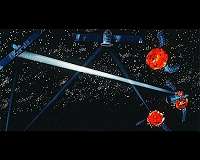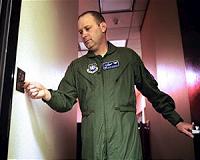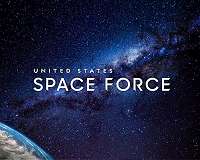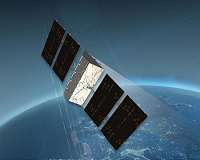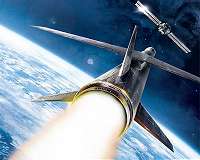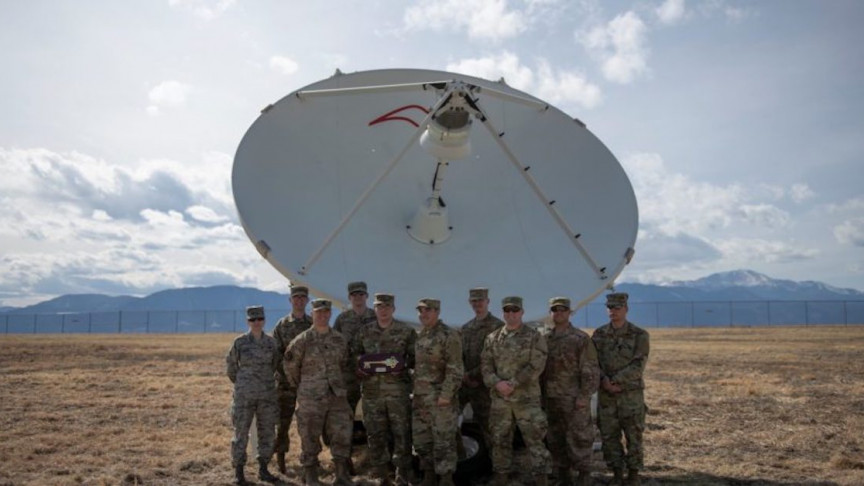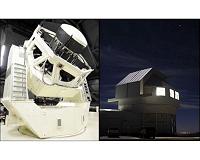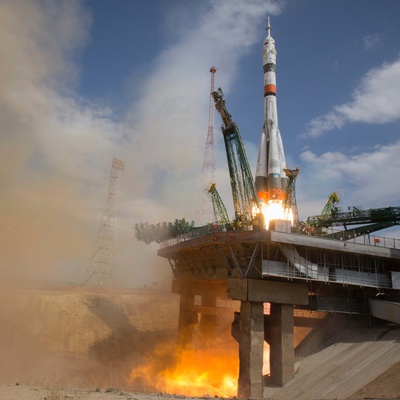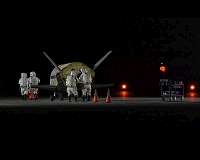Last week, the US's new Space Force accused Russia of testing an anti-satellite weapon from one of its orbiting satellites. The Russian Foreign Ministry dismissed the claims as "propaganda," and urged "our US and British colleagues to show professionalism" and "sit down for talks."
Russia's alleged July 15 satellite weapons test is responsible for reigniting fears of a new space-based arms race, The Financial Times has reported, citing US officials and Washington-based think tank analysts.
"To be clear, Moscow and Beijing have already turned space into a warfighting domain," Christopher Ford, assistant secretary as the State Department's Bureau of International Security and Nonproliferation," was quoted as saying.
Calling Russia "the most prominent space mischief-maker right now," Ford alleged that last month's alleged test was Moscow's second recent space-based projectile-firing satellite weapons trial following a similar reported test earlier this year.
UK Space Directorate chief Air Vice-Marshal Harvey Smyth chimed in to echo US concerns, suggesting that Russian actions like the alleged satellite weapons test "threaten the peaceful use of space" and could lead to debris damaging nearby satellites.
Moscow has rejected the allegations regarding the alleged weapons test, with the Foreign Ministry urging Washington and London to come to the negotiating table for talks, and the Kremlin emphasizing that Russia remains committed to the full demilitarization of space.
Nonetheless, FT says it's the reported Russian weapons test last month, and not similar actions like the US's 2008 shootdown of its own National Reconnaissance Office Satellite by a warship, or countless similar space-based weapons tests by China, India and other nations in recent years, that has "reignited international concerns that space is becoming a new battleground for strategic global supremacy - harking back to the late US president Ronald Reagan's 'Star Wars' plans for space-based military assets."
Russian Space-Based Arms Control Proposals Ignored
The newspaper begrudgingly acknowledges that Russia proposed a draft treaty on weapons in outer space over a decade ago, with the proposed agreement, developed together with China, entitled the 'Treaty on the Prevention of the Placement of Weapons in Outer Space,' and presented to the Conference on Disarmament in 2008.
The agreement would require parties to refrain from the deployment of any objects 'carrying any type of weapon into orbit', or installing space-based weapons systems and threatening the use of force against objects in outer space. 2014, Russia sponsored a resolution at the United Nations on banning a space-based arms race, with 126 countries voting in favour, and only 4, including the US, Israel, Ukraine and Georgia voting against. In 2016, Moscow also committed at the Conference on Disarmament not to be the first nation to deploy any type of weapon in outer space.
Nevertheless, the Russian/Chinese proposal has languished, chiefly due to resistance from the United States. Todd Harrison, a space security expert at the Washington-based Center for Strategic and International Studies, told the FT that the proposal is unlikely to ever be materialized because "every country involved will try to come up with a self-serving definition" of what constitutes a space weapon.
An official briefed on the Vienna nuclear disarmament talks told the newspaper that the very concept of prohibiting weapons in space was "misleading," and that what Washington is looking for "is rules of the road...how we're going to treat and manage systems in space."
Beyza Unal, a senior research fellow at Chatham House, a London-based security and international affairs think tank, says the fact that "Russia and the US do not speak the same language when it comes to what is considered a 'peaceful action' in outer space...creates a big challenge" when it comes to formulating any type of treaty.
Star Wars, Part II
The threat of the deployment of weapons in outer space goes back to 1983, when US President Ronald Reagan unveiled his 'Star Wars' missile defence concept, including space-based lasers and other projectiles to shoot down Soviet intercontinental ballistic missiles and thus provide America with the ability to strike without fear of retaliation. The idea was partially scrapped by the Clinton administration in the early 1990s, but gained new impetus in the early 2000s after President George W. Bush withdrew the United States from the Anti-Ballistic Missile Treaty with Russia, and began funding efforts for sea and land-based interceptor missiles placed near Russia's borders.
In early 2019, President Trump unveiled a new space-based missile defence initiative, once again including laser and space-based platforms, "to ensure that we can detect and destroy any missile launched against the United States anywhere, anytime, anyplace."
The Trump administration established Space Force as an independent branch of the US military in December 2019, with the force currently consisting of about 10,000 personnel and 77 satellites, with more personnel and capabilities to be added at a later date. Space Force has already received $2.4 billion in initial procurement funding, and is expected to receive another $15.4 billion in 2021.
Although Space Force is currently tasked with the defence of US interests in space, including America's sprawling network of military and intelligence-gathering satellites, its missions also include "deter[ing] aggression in, from, and to space," and "conduct[ing] space operations," leading some observers to suggest that Space Force could be used to operate a future space-based missile defence program as well.
President Trump appeared to indicate as much in a speech last year when, immediately after praising Space Force for "leading the way" in the "new warfighting domain" of space, he promised that his upcoming military budget would "invest in a space-based missile defence layer" for both offensive and defensive purposes. "We will terminate any missile launches from anywhere, even if it's a mistake. We will ensure enemy missiles find no sanctuary. This is the direction I am heading," he said.


